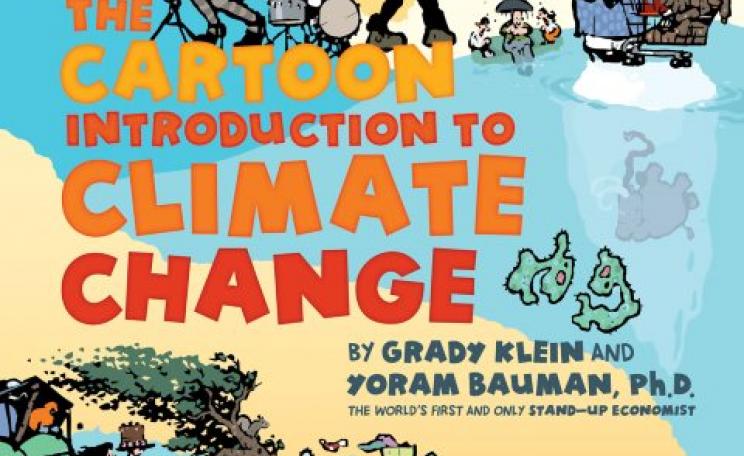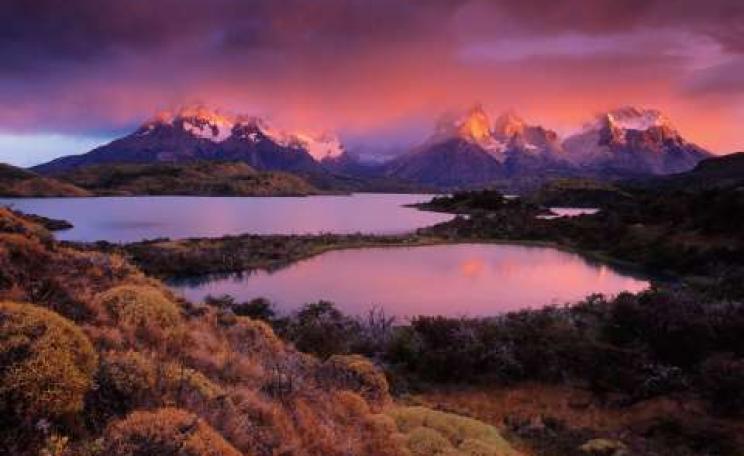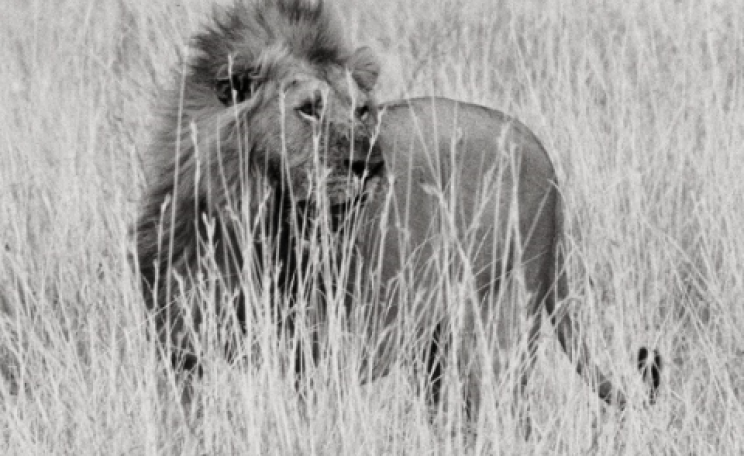One of the most arresting tale achieves much of its poignancy not through words, but via graphic illustrations
Between '5000 Days to Save the Planet' (1990) and the monumental 'For Climates Sake!' (review here), myriads of sagacious words have been spilled by climatologists, environmental campaigners, and sundry members of the chattering classes, on one vexed topic - the malign effects of anthropogenic climate change on Earth and its inhabitants - plant, animal, and human.
This theme forms the leitmotif of Beacons: stories for our not so distant future. However, instead of scientists rehearsing their familiar analyses about the quinquennial rates of polar ice-cap loss, or percentage concentrations of atmospheric CO2, this collection (sponsored by the Stop Climate Chaos Coalition), appeals to hearts as much as minds. For fiction writers are given free rein to apply their imaginations to what the human condition might be in decades or centuries to come, "by offering stories that are as various as our possible futures".
A left-field technique adopted by those writers is to assume our working knowledge of what we might appropriately term 23rd Century slang. At a subtler level, though, it explores aural rather than visual routes into a commonly shared future, the dialogue hinting at how the all-encompassing paternalistic state has affected language - echoing the predictions (or warnings) George Orwell brought to us in his consciousness-raising 1984.
In Mother Moon's Job, for example, there are posters referring to 'civic pledges' and 'protein quotas'; a man is described as "not keen to be a bio-dad" so "he swapped his repro rights for carbon", but should he transgress societal rules, he may have an official reprimand added to his "folk chip". Orwellian indeed.
Admittedly, swimming in the tide of such futuristic terminology may be marginal to the comfort zones of some. Hence What is Left to See, confined largely to an imaginary chat-room of 2037, is replete with obligatory hash-tag marks, offering us such dubious gobbets as "The buzzcubes didn't help #puke-a-troid (sic)". The most charitable explanation for the inclusion of this ‘story' may be the collection's propensity to make a token nod towards a sub-market of American teenagers.
Those seeking a more traditionally coherent narrative are offered The Weatherman. At its emotional core this forms a study of one personal journey of the psyche from youthful ambition, through initial but illusory job-satisfaction, to gradual enlightenment, a growing crisis of conscience, and finally redemption through self-sacrifice.
After securing his dream position at a ‘weather centre', our central character is inducted into its real purpose - weather control. Balanced and benevolent meteorology is formulated for society's favoured upper echelons (the ‘Green people'), but a corollary of the sophisticated systems necessitates drought or storm conditions being visited upon the neglected under-classes in the ‘sandtowns'. This well-crafted piece may also be read as a parable of the dangers to humanity from technological omnipotence juxtaposed with a society devoid of moral compass.
One of the most arresting tale achieves much of its poignancy not through words, but via graphic illustrations
Perhaps a thinly disguised morality tale about the importance (or inevitability) of becoming vegetarian, Meat describes the pre-prandial deliberations, subsequent cooking, and then consumption of a "wild cow" cut, labelled here as "Approved Bovine .... flesh; irradiation minimal". We are in a future society where special permission is required from the ONA (Office of National Agriculture?) for such a costly and self-indulgent meal, particularly as the event is not officially designated as a "Belief-related, Memory-related, or Individual-related Anniversary".
Besides working at a cerebral level, this simple account also engages us viscerally, eg ".... it now felt disturbing against his hands - like something with a shade of life still caught inside", or "... the meat is leathery and tastes of grease and wrongness". So, not a pleasant little culinary diversion there.
Similarly set in an apocalyptic post-climate change era, The Red Waste presumes that human-kind has reverted to a pre-medieval state of barbarity, where human sacrifice is required to propitiate the Sun god. In a parody of crypto-Celtic mythology, the life of an innocent maiden is ended with a ceremonial knife - her red blood wasted as it flows into a flower-fringed pool.
Less resolutely grim is Almost Visible Cities, for amongst philosophical musings on the impermanence of large urban settlements, three of its thumb-nail sketches envisage people-friendly environments. So although 'Cities and the Desert 2' brings us a dystopian nightmare echoing the imagery of Fritz Lang's Metropolis, by contrast 'Ingenious Cities' presents an ecologically amenable Shangri-la, where nature deficit disorder is unknown.
Some readers won't feel drawn in by certain stories. This isn't because of the subject matter, but owing to their style straying perilously close to the porous border between the interestingly experimental and the perversely quasi-intelligible. Thus We're All Gonna Have the Blues requires tuning into the writer's fairly arcane wavelength, and The Gloop may contain some intriguing ideas struggling, but failing, to escape the clutches of its moderately opaque prose, whilst Leaving Frideswide hampers itself quite effortlessly by the simple expedient of adopting that fashionable literary affectation - omitting all speech-marks.
Perhaps significantly, one of the most arresting tales The Possession of Lachlan Lubanach achieves much of its poignancy not through words, but via graphic illustrations in a style reminiscent of Rockwell Kent. This ecological fable begins with the character of the title obsessively wishing to posses ‘dead nature' for his collection of specimens, but finishes with him being possessed by ‘wild nature'.
Does that sound a little cryptic? If so, then accept it as an invitation to investigate the book, as despite some minor grumbles, this collection of 21 stories is worth acquiring for its sheer variety and quirkiness.
All proceeds from the sale of this book are going to the stop climate chaos coalition.
Edgar Vaid is a freelance book and film reviewer. For more than 30 years he worked for Natural England, becoming involved in policies including traditional field boundaries, organic farming, and public rights of way. However, he became witness to a series of increasingly over-sophisticated corporate programmes, and endured some mind-numbing team meetings. Partly as a more productive and satisfying diversion, he took to writing reviews (rather than drink). Edgar lives in the Forest of Dean, and may be contacted at orizabalodge@yahoo.co.uk.





